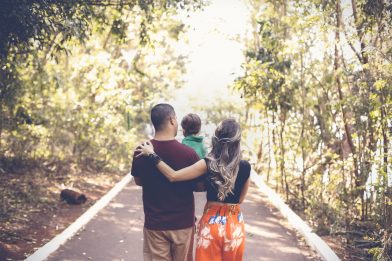How to strengthen the immunity of the child at home: the rules of health conditioning
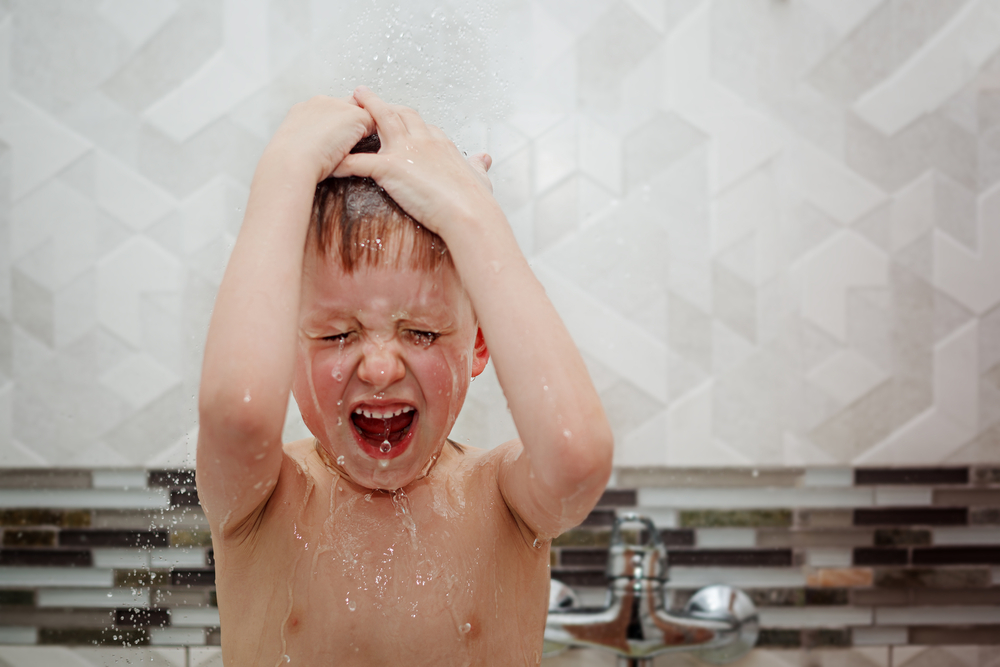
It is no secret to nobody that health conditioning is highly beneficial to everyone. Nevertheless, the majority of the people see this procedure as rinsing oneself with cold water, jumping into ice, or rubbing oneself with snow. Is that really the case? Can optimal health be achieved without causing some major stress to the body?
Contants:
- What is health conditioning?
- Types of immune-strengthening treatments and the rules of carrying them out
- The rules of conditioning
What is health conditioning?

Prostock-studio/Shutterstock.com
Conditioning is a combination of procedures that allow strengthening the immune system, thus helping to protect the body from the flu, colds, and infectious diseases. It also improves the quality of life and sleep and increases appetite, and as a result, helps the child to grow into an individual with lots of endurance and high energy levels. Until now, no better means of enhancing immunity has been invented. In addition, conditioning does not require any financial outlays and is available to everyone.
A baby with good immunity is not afraid of temperature drops, wind, drafts, and viruses. Such a child is less likely to get sick, and even if they do, they would tolerate respiratory diseases much easier. They would also have fewer problems with the skin, the nervous system, and the digestive system, even with the psyche.
Nevertheless, like other procedures, conditioning has got its own particularities and even contraindications. To obtain the desired result, you need to follow certain recommendations.
When to start it

Prostock-studio/Shutterstock.com
Conditioning can be initiated as soon as the newborn is being discharged from the hospital. It is never too late to start practicing conditioning. And by following all of the rules, you can achieve the same result as if you were doing this for a long time.
The main factor delaying the start of practicing conditioning early is the psychological unpreparedness of the parents. Parents should get rid of fears and doubts for the sake of the health of their baby, preferably even before the birth itself. If this was not done before, you can start right now by removing the extra layer of clothing or woolen socks from their little one. Excessive clothing leads to the fact that the body gets used to such conditions, and, as a consequence, a slight decrease in temperature in the future will each time result in hypothermia.
Moreover, the decision of parents to start conditioning procedures with their child depends on the opinion of others, especially the older generation. You must be prepared that even loved ones may not appreciate your initiative to strengthen the immunity of your child. However, it is important to remember that the baby needs to lead a healthy lifestyle from the first days of their life, and nobody’s opinion on this matter should confuse the child in the future.
For information on how to increase the baby’s stability in response to various environmental conditions in a proper way, please see the video below.
A personalized approach
There are no two identical children, hence there is no common and best approach for everyone when it comes to conditioning. Perhaps some of the methods will not work for your baby. In any case, if the child does not like something, you should not insist. Use a simple rule: before having your baby try something, try it yourself.
Take care not only of the health of your child but also of their safety. Always know where they are located at a particular time and where they have been during the day, listen to their surroundings in order to understand how they feel, and also get in touch with them instantly whenever needed, with the app of caring parents Findmykids.
What is important to know and how to start with health conditioning
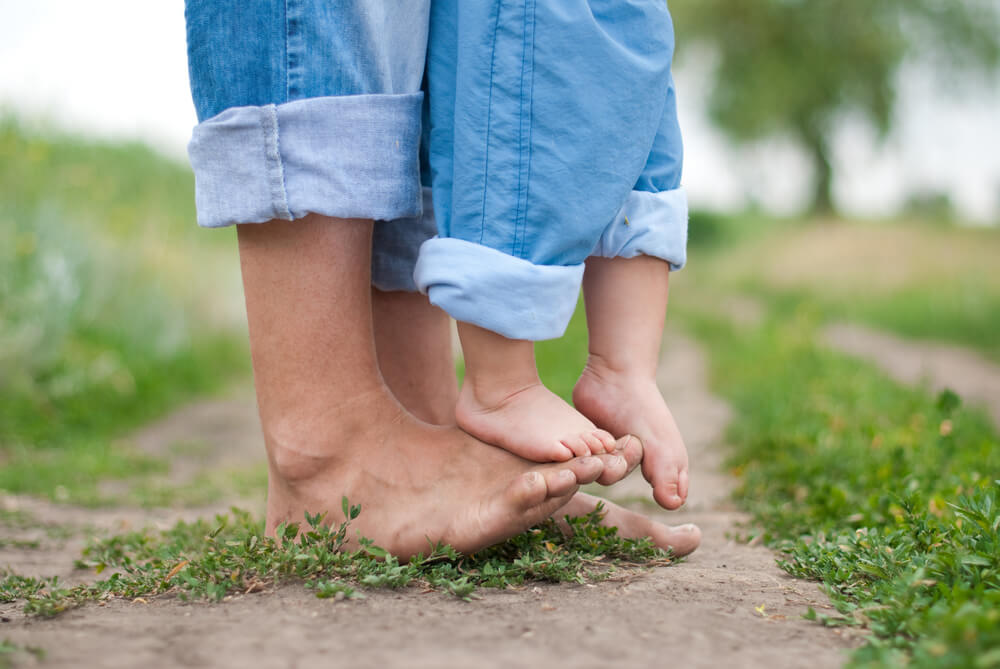
Prostock-studio/Shutterstock.com
The permission from the pediatrician whether the child can run barefoot at home is not required indeed. However, if you decide to seriously engage in conditioning procedures for your baby, it is important to get expert advice: make sure that the child is healthy, to know when they were sick for the last time and whether their chronic illnesses have worsened. Conditioning may harm a sick or a not fully fit a child.
It is also important to remember that conditioning has got its contraindications. These are, for example, diseases of the cardiovascular system, kidney problems, as well as perinatal damage to the central nervous system. Of course, hardening is contraindicated for premature babies at the very early stages of their life.
Types of immune-strengthening treatments and the rules of carrying them out
All conditioning methods can be divided into 2 groups: general and specific. The general ones include an established daily routine, physical activity, and proper nutrition. Specific ones include conditioning using natural factors (air, sun, and water). Pediatricians recommend starting with the least difficult methods, such as air baths, especially for children who are frequently ill.
Air baths
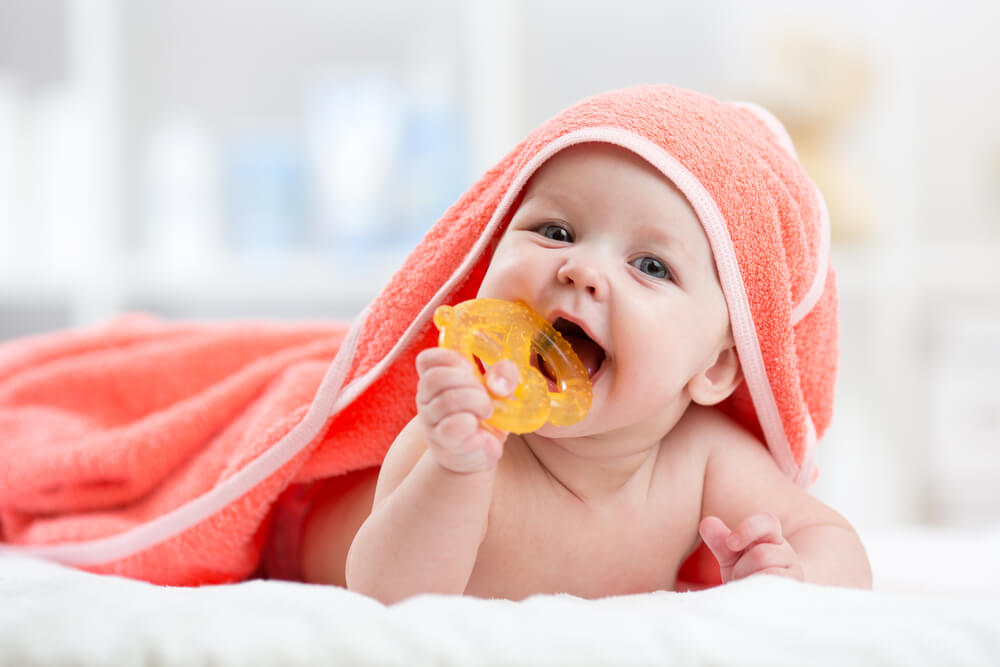
Prostock-studio/Shutterstock.com
The easiest method can be used even by babies. After sleep, the baby can be allowed to lie down without clothes for a couple of minutes. The temperature in the apartment should be reduced, but not abruptly (gradually over several months) to 18°C. And the duration of such a session itself should be increased to 15-20 minutes.
It is important to end the treatment before the baby gets goosebumps. Before dressing, you can gently rub the child’s skin with a soft fabric mitten.
Conditioning on the open-air includes the following methods:
Walks and games
Outdoor games strengthen the immune system, increase the child’s physical activity levels and result in an uplifted mood. Walking outdoors helps babies to sleep well.
The child should be dressed for the season, but not excessively wrapped in multiple layers of clothing. You need to make sure that the child is not cold, and that they are not sweating, as this is an indicator that you have dressed your baby too warmly.
Read about how to dress the child properly in the winter cold.
Children and teenagers should be able to go on walks in all weather conditions, and the duration of the walk should be adjusted according to them (it may vary from at least 1 hour to several hours per day). However, it should be noted that if the temperature outside is of -15°C or below, the duration of the walk should be shortened in order to prevent hypothermia from happening.
Room ventilation
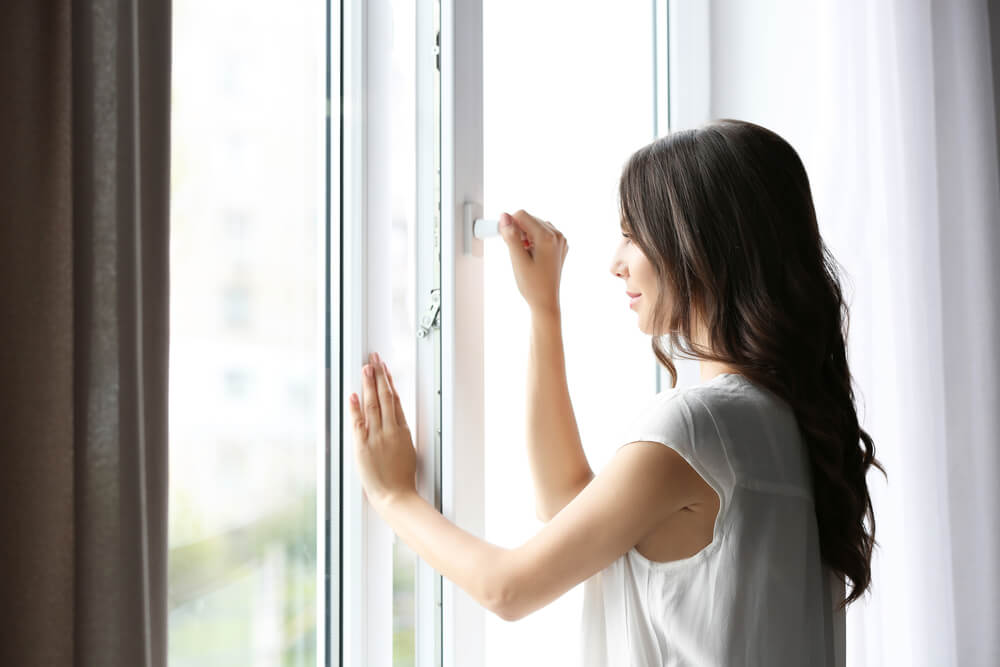
Prostock-studio/Shutterstock.com
Ventilate the child’s bedroom at least 4 times a day, especially before bedtime and after it, in the morning. In the summer, when it’s warm, the window can be left open all night. The optimum air temperature in the nursery is as follows:
| Age | Summer | Winter |
| Before the age of 3 years old | 20-22° С | 22-23 °С |
| Over the age of 3 years old | 20-18 ° С | 20-22 ° С |
The right clothing
Right from birth, it is important not to dress the baby excessively in warm clothes, so that they do not sweat or overheat. The perfect clothes for a baby are lightweight, comfortable, and dry.
Walking barefoot
This procedure not only improves health but is also an excellent prevention of flat feet. It is possible to need to start walking barefoot at home, then, when it gets warmer outside, the child can try to walk barefoot there too: at first, on more pleasant surfaces, such as sand and grass, then on small pebbles and shells. It is better to walk on the beach, in parks, and at home in the countryside where there is little risk of injuring the baby’s feet.
Conditioning with water
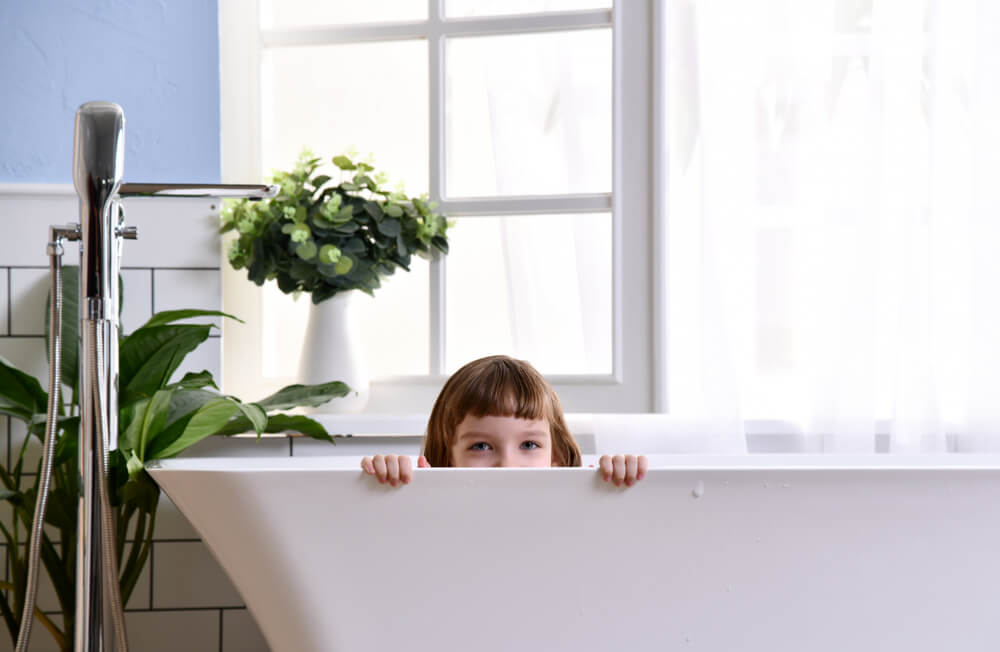
Prostock-studio/Shutterstock.com
This is one of the most effective methods of immunization. However, it should be started after the child has mastered the conditioning by air method. This method consists of various procedures: a contrast shower, wiping the body with a wet towel, and swimming in open water.
Conditioning of babies (below the age of 1 year old):
Young children starting from the age of 2 months can be wiped with damp cool wipes. As a preparatory step, the child is rubbed with a dry mitten until their skin becomes slightly pink. The skin will gradually adapt and after that, the full-on rubbing can start. At first, the temperature of the water should not be colder than 35°C. After that, the temperature should be lowered by one degree every few days.
As soon as the child is well-adapted, more active actions can be initiated.
Instruction on how to condition children starting from their first days of life:
- Start with the usual bathing of the child.
- Raise the baby above the bathtub and pour water 10°C cooler than the water in his bathtub over them. Pouring takes place according to the following scheme: heels, legs, back (from bottom to top). The entire procedure should take about 5 seconds.
- Dress the baby 10-15 minutes later.
Every 3-4 days, lower the water temperature by 1 degree until this difference is equal to 15 degrees. When this happens, the baby should be splattered with cool water while bathing.
Conditioning starting from the age of 1 year old:
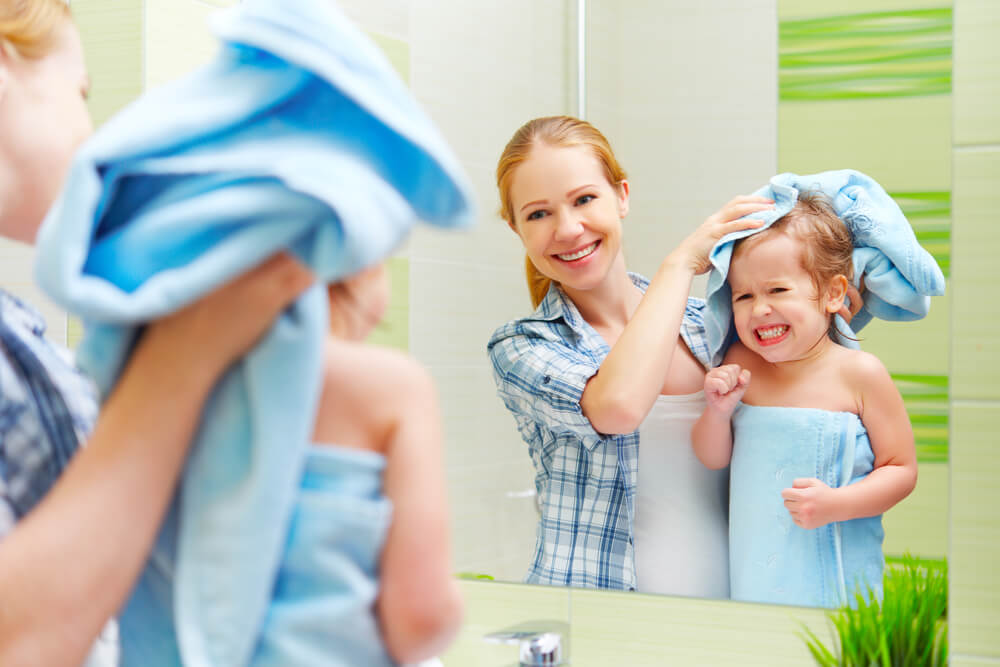
Prostock-studio/Shutterstock.com
By the age of 2-3 years old, children usually start attending preschool facilities. As a result of this, many babies start getting sick often at this age. Therefore, it is important to strengthen the child’s immunity by conditioning:
- Put the child in the bathtub with the usual water temperature. If they don’t like to sit in the water or if you only have a shower, you can arrange a warm shower for them.
- Parents arrange a cold “rain” for the child – a shower with water 15 degrees cooler than the usual (at first, only hands are placed under it for a short time).
- The child goes into warm water (bath or shower). The procedure is carried out at least three times and ends with cool water.
- In the times to follow, not only the hands but also the feet, the back, and the neck are placed under lukewarm water.
- At the end of the procedure, children do not wipe the child with a towel but rather cover them in it.
- It is recommended to get dressed 10-15 minutes later.
Schoolchildren or adolescents who do not yet have experience in conditioning will enjoy washing their face with cold water. This is normally easier for them than rinsing their whole body with it. When such practice becomes commonplace, you can gradually move on to the neck, shoulders, arms up to the elbows, and then to the whole body. The water temperature for beginners should be warm, of around 28-30°C. It then should gradually be lowered to 15-18°C. This should be done slowly: by no more than 1°C in 5-10 days.
You can also wash your hands with cool water, it is only important to make sure that the child is not cold in order not to worsen their state of health.
Saltwater in the bath at home
Everyone knows about the benefits of swimming in the sea, however, few people know that a real sea can be arranged in a bath, the only requirement here would be sea salt. A century ago, scientists discovered the usefulness of such baths: sodium chloride in the water affects not only the skin’s thermoreceptors but also normalizes the activity of the nervous system. The duration of bathing in saltwater should not exceed 15 minutes.
Rinsing the body with cold saltwater significantly enhances blood circulation. If the baby is not rinsed after such a bath, the remaining “salt layer” on the skin will prolongate the effect for several hours.
Contrast shower
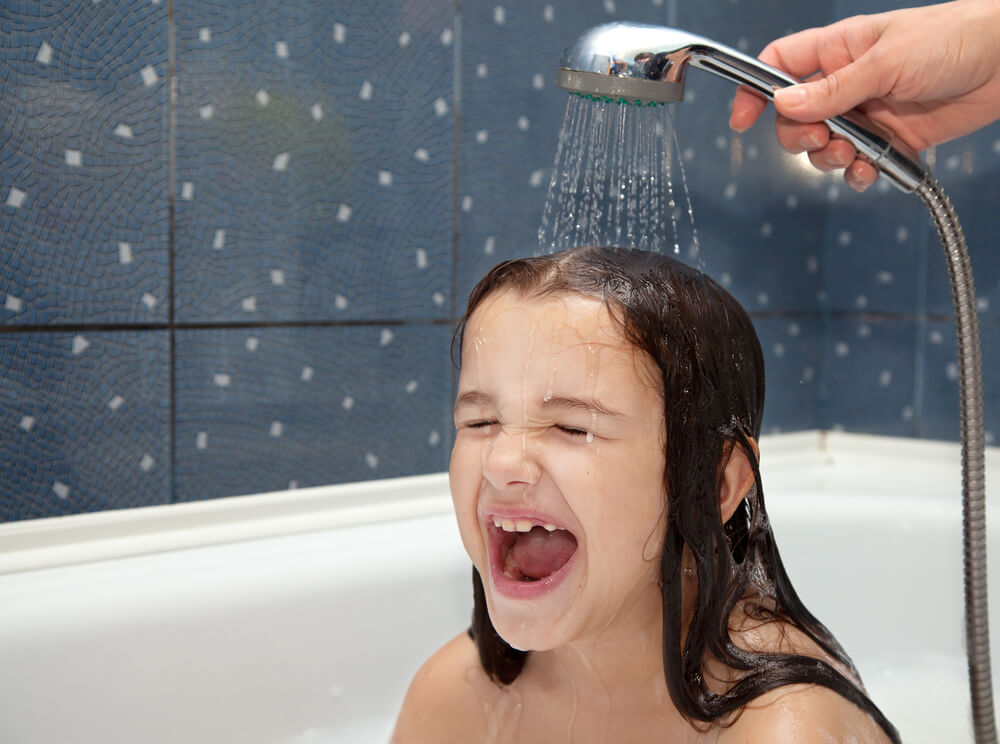
Prostock-studio/Shutterstock.com
Another great method is a shower that alternates hot and cold water. The result will be more prominent if the temperature difference will be as large as possible. You will need to start slowly and gradually. Firstly, you need to warm up the child, then pour them over with cool water, and then dip their feet and hands in cold water and turn on the warm water again. After three repetitions, the shower should be finished with a cold drench.
In the end, the child is wrapped in a towel.
Rinsing with water
The procedure involves pouring water over the body. It is best to start with a water temperature that is comfortable and lower it by 1 degree every 1-2 days. If you are not ready for such drastic measures, the feet should be rinsed with it to start with. Remember that rinsing the body with cool and cold water are different things and that it is certainly advised to choose the less aggressive option for children.
Swimming in an open body of waters
Swimming in a pond or pool is an activity of conditioning and sports. For a start, the water temperature should not be lower than 22°C, and the child’s swimming time itself must be controlled. The younger they are, the less time they should be swimming for. If the baby has blue lips and/or goosebumps, you should immediately pull them out of the pond or the pool, warm them up and give them a warm drink.
Conditioning with the sun
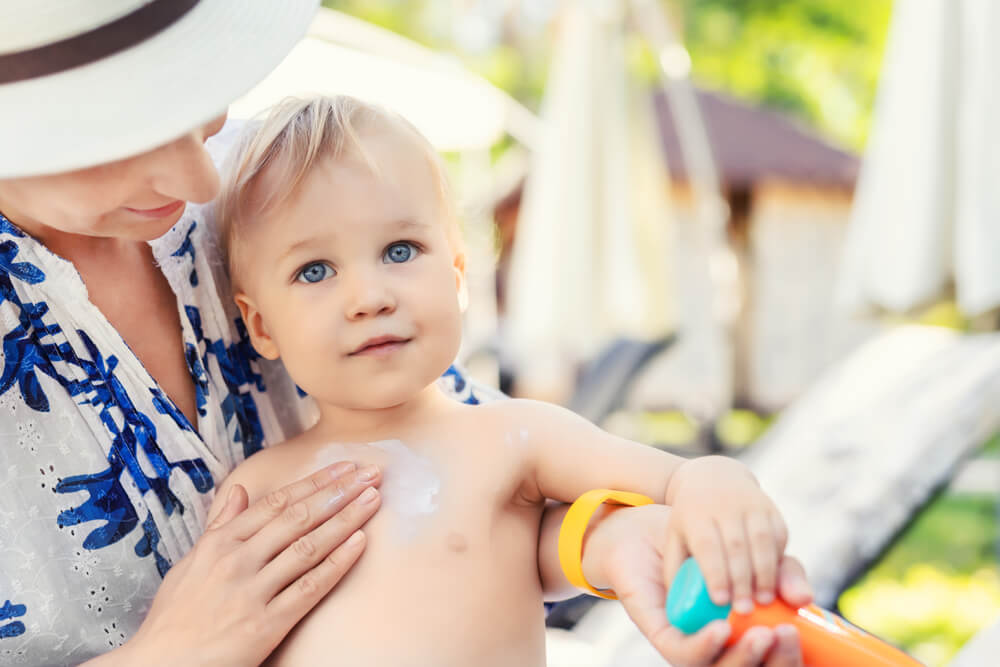
Prostock-studio/Shutterstock.com
Sunbathing begins with a walk in the shade of the trees. The optimum air temperature ranges between 22° and 29°C. The child must be wearing head protection at all times. After 1-2 days, the arms and legs of the baby can be exposed to the sun for 5 minutes. After the child gets a light tan, it is possible to undress them to their underwear. The time of exposure to the sun is increased from 5 to 10 minutes at a time, while it is recommended to stay in direct sun rays up to 50 minutes a day. During the procedure, invite your baby to drink more liquid. After it, it is advisable to pour cool water from their head to toe.
It is very important to remember that being in the sun is only possible between 9 and 11 am and between 4 and 6 pm when the activity of the sun is not as high.
If the child is sweating profusely and their face has turned red, they may be overheating. The child needs to be urgently taken into the shade, and given some water to drink. Their face needs to be rinsed with cool water.
In order to achieve a good result, it is important to combine the methods mentioned above. More about them in the video below:
These are the traditional methods of conditioning. The non-trivial ones are based on an abrupt fluctuation of temperatures, they involve pouring with ice water, rubbing the body with snow, etc. It is important to note that these methods have contraindications, and should be treated with caution. They are not recommended for children, especially those of preschool age.
Conditioning of the throat
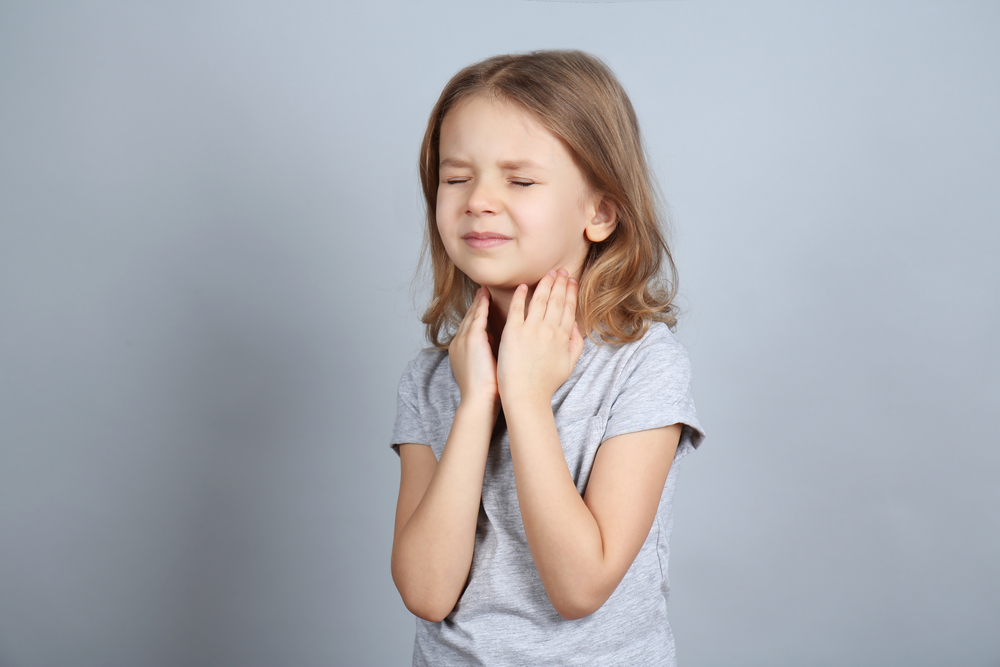
Prostock-studio/Shutterstock.com
Strengthening the throat is important for both children and adults in order to protect themselves from complications from colds, and to increase their immunity. The main principle of this method lies in the effect of cold is on the mucous membrane of the throat. As a result, the mucous membrane gets used to it and reacts to hypothermia calmly, the same goes for cold drinks and ice cream.
It is better to try to condition your throat in the summer when the season of colds and flu has not yet started. Such methods will be effective if done twice a day, in the morning and in the evening.
Methods of conditioning the throat:
– orally (through drinking liquids)
This method is highly effective and quick to work. It starts with water, juice, or other liquid at room temperature, gradually lowering it. It is taken in small sips.
– rinsing
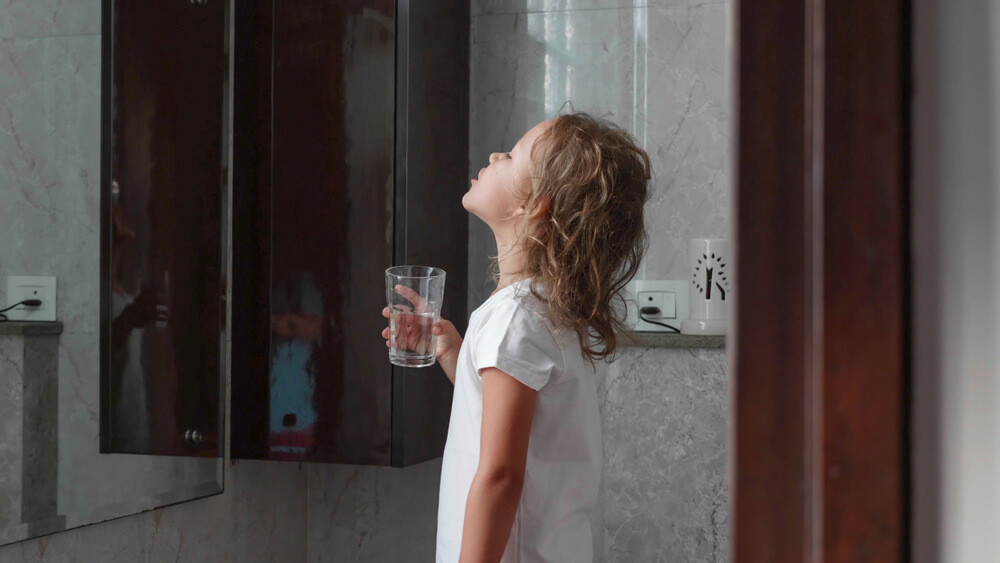
Prostock-studio/Shutterstock.com
This is the safest option, even for those people who are often sick. The method consists of rinsing the throat twice with 25°С water. Every 4 days, the temperature is reduced, gradually bringing the water to 15° С.
– ice cream
The most loved method for children and not only them. It starts with 1 teaspoon of softened ice cream, gradually increasing the portion. However, do not overdo it with the sweets.
What to do in winter?
With the start of the cold season, extra care must be taken with regard to conditioning. If the child has a cold, it is better to postpone the procedure. When the baby is healthy, conditioning should not neglected, however, it is best to follow the following rules:
- increasing the difference in temperatures with caution.
- the procedures should be reduced in time.
The rules of conditioning
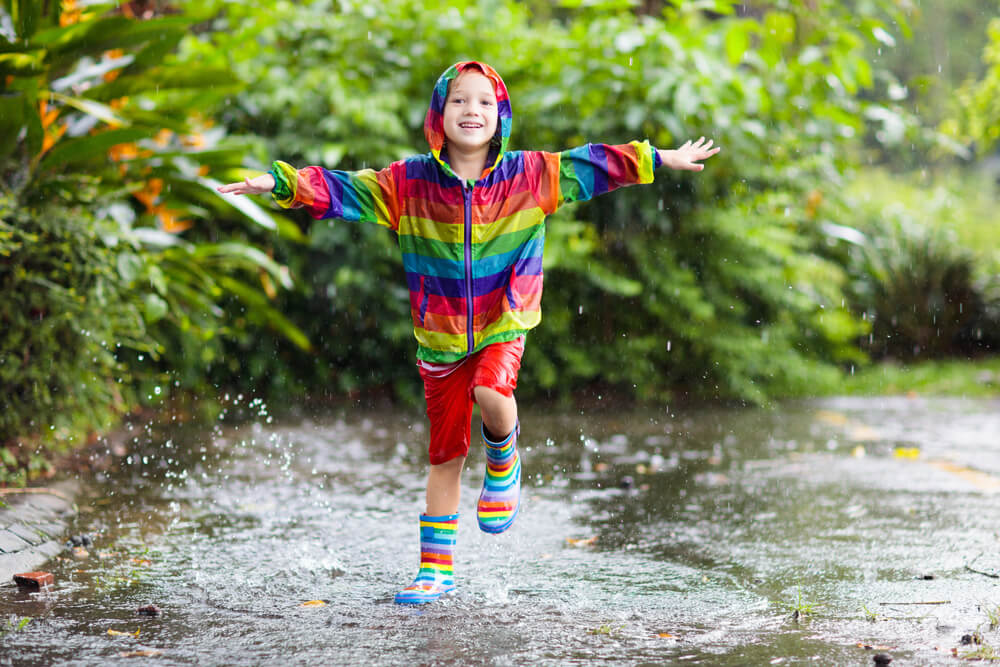
Prostock-studio/Shutterstock.com
Whether the baby would enjoy conditioning procedures or not depends on the correct actions of adults. It is important not to scare the child and not insist on the procedure if they categorically do not wish to do it. And if you also turn the process into a fun game, everything will definitely go well. This way, a big goal for you and your baby will be achieved in small steps.
Проверьте электронный ящик
















